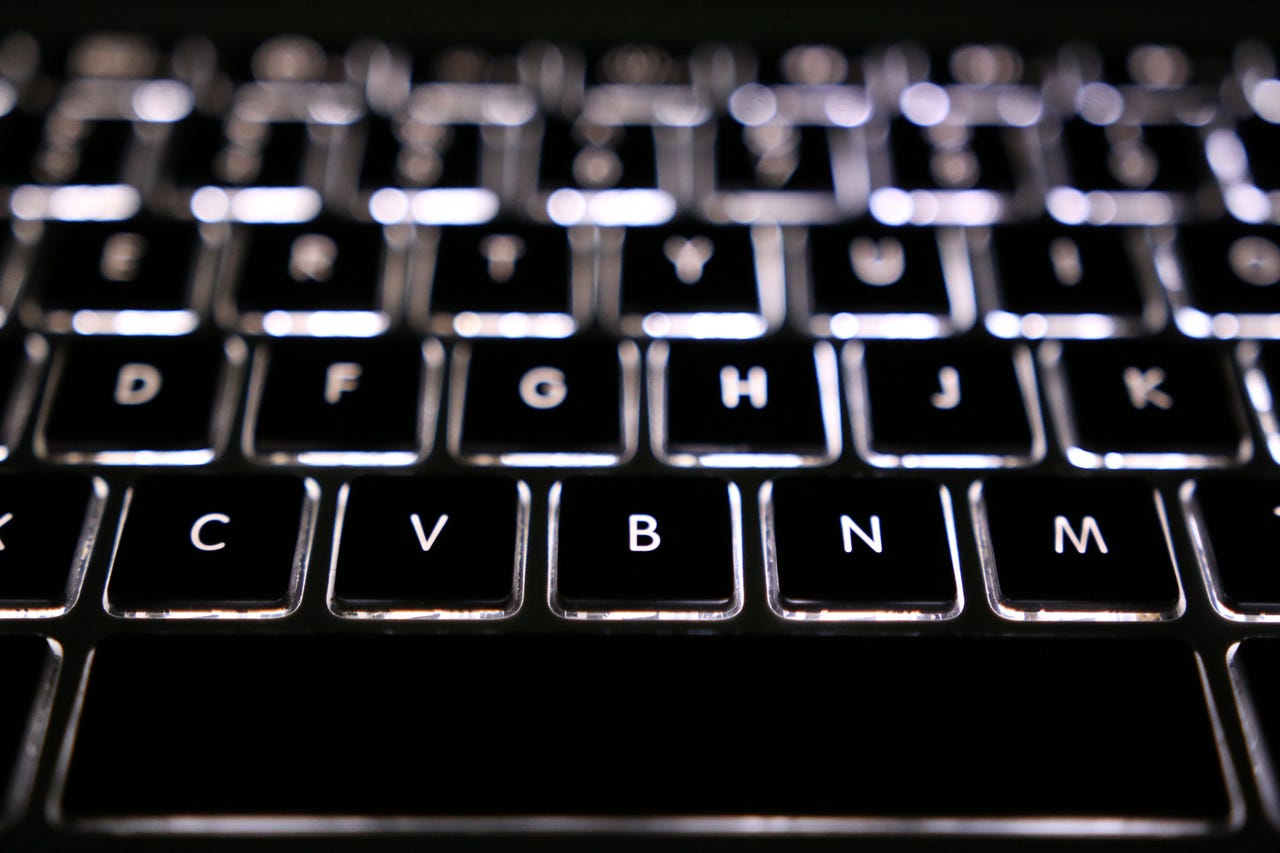'ZDNET Recommends': What exactly does it mean?
ZDNET's recommendations are based on many hours of testing, research, and comparison shopping. We gather data from the best available sources, including vendor and retailer listings as well as other relevant and independent reviews sites. And we pore over customer reviews to find out what matters to real people who already own and use the products and services we’re assessing.
When you click through from our site to a retailer and buy a product or service, we may earn affiliate commissions. This helps support our work, but does not affect what we cover or how, and it does not affect the price you pay. Neither ZDNET nor the author are compensated for these independent reviews. Indeed, we follow strict guidelines that ensure our editorial content is never influenced by advertisers.
ZDNET's editorial team writes on behalf of you, our reader. Our goal is to deliver the most accurate information and the most knowledgeable advice possible in order to help you make smarter buying decisions on tech gear and a wide array of products and services. Our editors thoroughly review and fact-check every article to ensure that our content meets the highest standards. If we have made an error or published misleading information, we will correct or clarify the article. If you see inaccuracies in our content, please report the mistake via this form.
How to easily back up your Mac onto a USB drive (and feel like James Bond doing it)


Hardware is replaceable, data isn't. It's 2023 and it still surprises me how many people don't give any consideration to backing up their important data until it's too late.
Also: Optimize Mac Storage can make your files go poof. Ask me how I know
And yet it's super easy to do a data backup of your files in case disaster strikes -- all you need is a USB drive and the software built into macOS.
Yes, I know, you could back up to the cloud. If you want to do this, I recommend Backblaze -- nothing beats having a backup you can hold in your hand (and maybe keep safe in a fireproof safe or offsite).
The software we are going to use here is Time Machine.
Ideally, you want a USB drive that has double the capacity of your Mac's drive, as this will allow for rolling backups, but in a pinch you can use a drive that's the same size as your Mac's storage drive, or even smaller, depending on how much data you have.
Also: The best external hard drives you can buy
Don't worry, if your backup drive is too small, the Time Machine software will tell you.
Tip: Here's how to find out how big your Mac's storage drive is, and how much data it has on it.
- On macOS Ventura or later: Click on the Apple menu > System Settings, then click General in the sidebar, then click Storage on the right hand side
- On earlier versions of macOS: Click on the Apple menu > About This Mac, then click Storage
How to back up your Mac onto a USB drive
Here's the process. And don't worry, it's quick and easy to set up.
1. Find a drive to back up onto
You want a drive that you're only going to use for Time Machine backups. It can connect using USB, or if you have an older Mac, Thunderbolt or FireWire.
Here I'm going to use my awesome Apricorn Aegis Padlock 256-Bit USB 3.0 hardware encrypted ruggedized portable drive. Not only is it small and robust, but the encryption keeps my data safe, and it looks very, very James Bond.
Since the drive uses a USB-A connector, and my Mac has USB-C, I do need to use a hub with the right ports, but this is a fact of life of using Macs these days.
Connect the drive you want to use to your Mac.
2. Fire up Time Machine
OK, now let's get Time Machine up and running.
- On macOS Ventura or later: Click on the Apple menu > System Settings, click General in the sidebar, then click Time Machine on the right hand side
- On earlier versions of macOS: Click on the Apple menu > System Preferences, then click Time Machine
3. Link your USB drive to Time Machine
Now you need to tell Time Machine to use your USB drive.
- On macOS Ventura or later: Click Add Backup Disk..., then follow the onscreen instructions for linking the drive to Time Machine
- On earlier versions of macOS: Click Select Backup Disk, then follow the instructions for linking the drive to Time Machine
Setting up the drive for Time Machine
4. Breath a sigh of relief as your data is backed up
You're backup has started.
Yay!
My MacBook backing up the data using Time Machine
The first backup is always the longest, so leave your Mac connected to power if it's a MacBook, as this will give you the fastest possible backup.
You can use your Mac while the backup is ongoing.
Time Machine backing up a Mac to an external drive
5. Now backup as you go!
After your first backup is complete, when you want to backup in the future, connect the drive to your Mac and Time Machine will automatically back up new and changed files.
How often you back up is up to you. Weekly is good, daily is even better. Monthly is pushing it, but it depends on the data you've been saving onto your Mac in the interim.
And if you want total piece of mind, you can have Time Machine backing up to multiple drives (protects you against hardware failure), and throw a cloud backup into the equation for total protection.